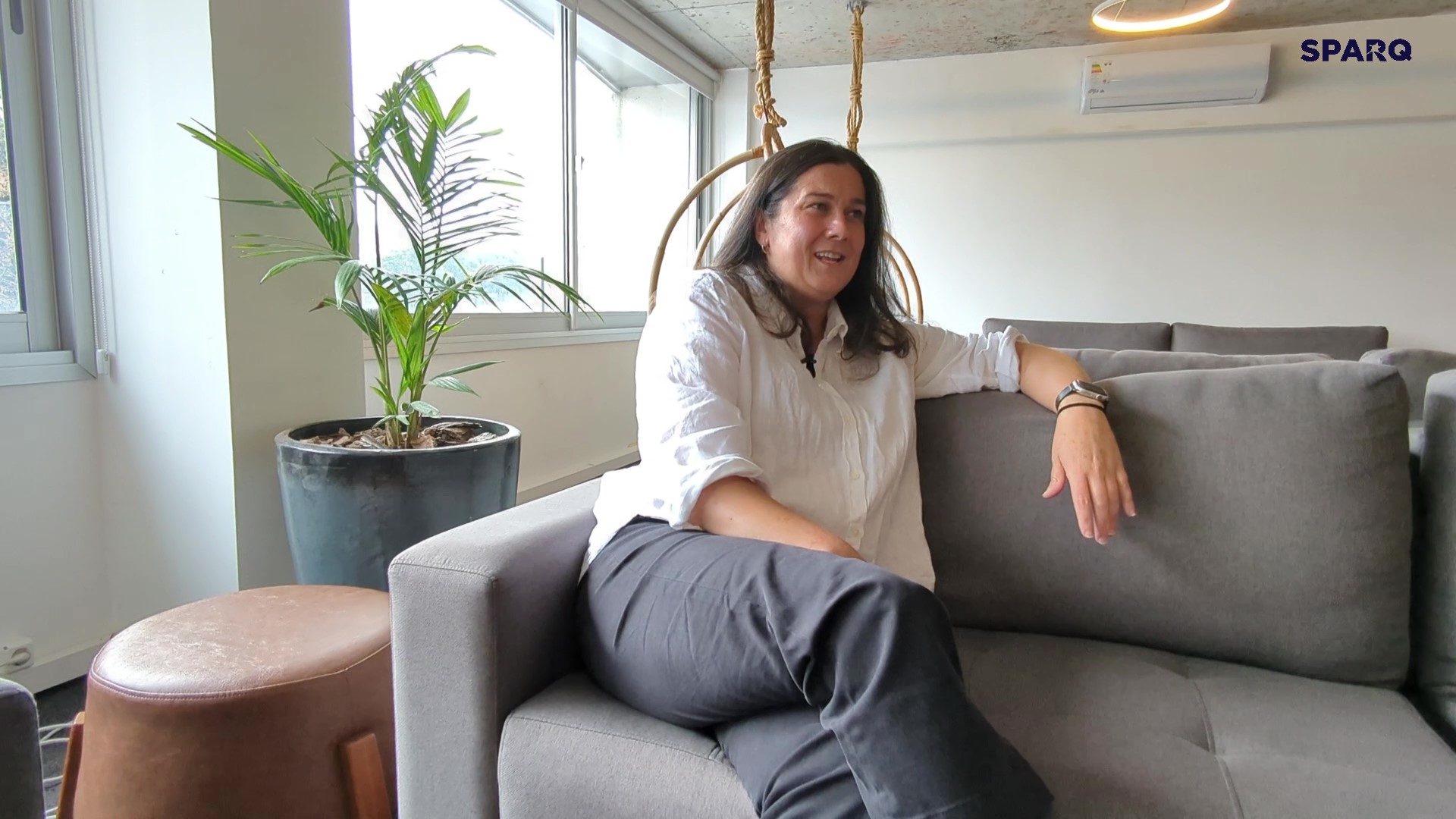A common misconception about business analysts is that they have a very defined role, when actually, they can wear many different hats in the software development process. In this Tech in 2, Senior Consultant Scott Kerns shares why having a multi-faceted business analyst can have a broad impact on your team, client and project.
Cross-Utilization For Business Analysts
Business analysts are always ready to put on many hats it seems. It just comes with the job. I think a business analyst should be willing to learn and willing to do whatever will bring value to their client. One of the hats that they tend to wear most often is the project manager hat. The project manager is more responsible for keeping the project on track, while reporting the status of the project to the customer and other stakeholders.
Business analysts should always be looking to expand their skill set. Whether it’s in a soft skill set such as a scrum master or project manager, or a more technical skill set, such as quality assurance or development.
Cross-Utilization Brings Flexibility, Value
I think the biggest benefit is flexibility. You know the customer can feel comfortable coming to the business analyst with something that they would normally go to a project manager for and I think it also gives the development team a broader perspective of the overall project. For example, my development team is one of 12 development teams on our project. As a business analyst, it’s very easy to just stay focused on what my team needs. However, when I put on the project manager hat, I realize what the overall scope of the project is and what the project needs. This can oftentimes take priority over what my team is doing.

zSpace Client Showcase
zSpace is a tech company that provides immersive learning experiences using virtual and augmented reality. In this client showcase, Jill Donnelly, Director of Strategic Initiatives at zSpace, discusses why they chose to work with Sparq (after interviewing over 20 potential partners!) and how invaluable our "team perspective" has been to their organization.

AI in UX
For Principal Consultant and UX Design Lead Joe Dallacqua, how to utilize AI in UX is a conversation he’s having every day. In this Tech in 2, Joe shares three ways he’s seeing AI help UX designers become not only more efficient, but more creative as well.

Personalization in Insurance
With so much data at their fingertips, insurers have an exciting opportunity to create a more personalized customer experience. In this Tech in 2, Client Partner John Suminski discusses how when data and the right technologies come together, this synergy can create highly personalized products and pricing.

BellXcel Client Showcase
BellXcel is a nationally-recognized nonprofit that empowers youth program providers with innovative solutions, services and resources that create meaningful impact. Learn how we partnered to build key functionality for the Arly platform, which has successfully reached over 100,000 scholars.
